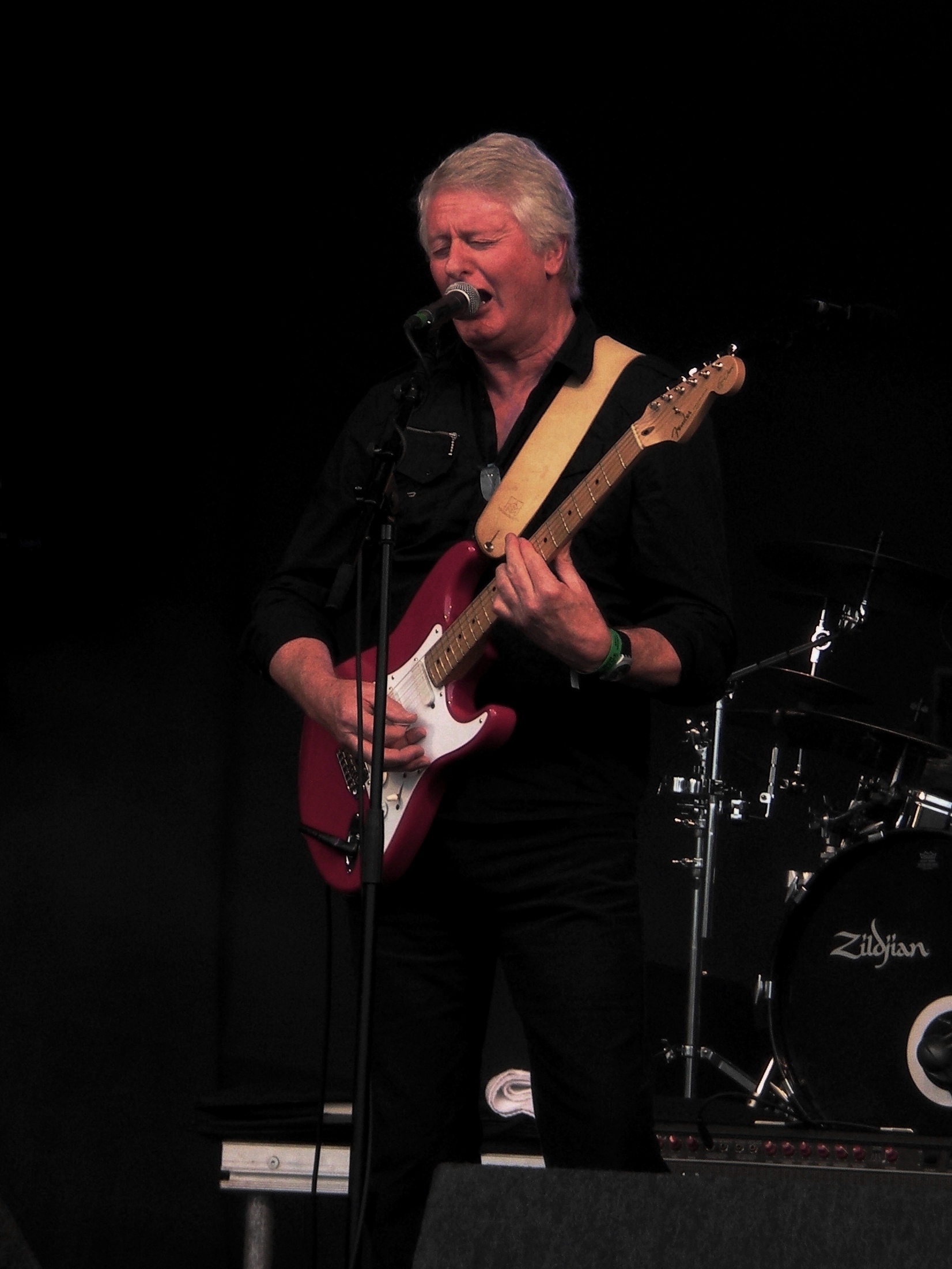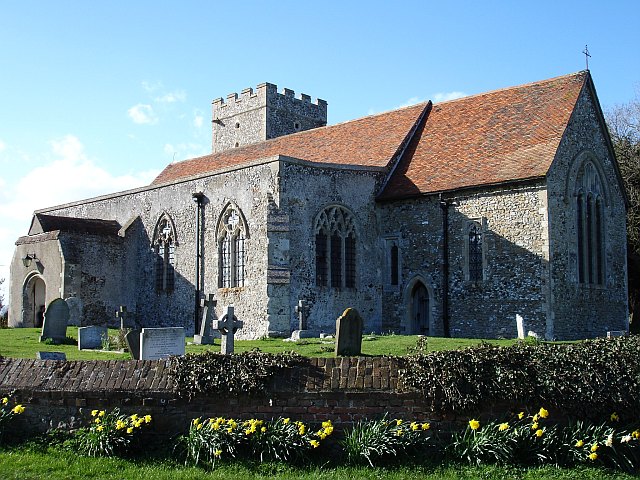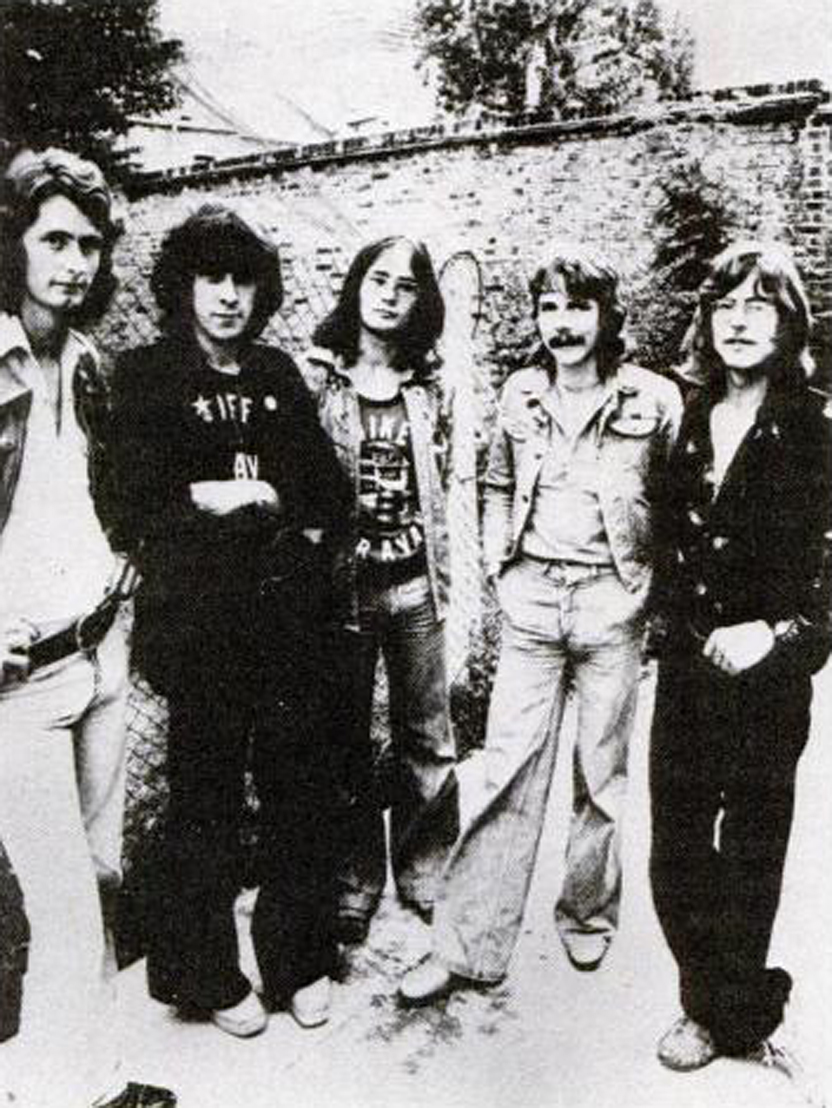|
In The Land Of Grey And Pink
''In the Land of Grey and Pink'' is the third album by English progressive rock band Caravan, released in April 1971 on Deram Records. It was produced by David Hitchcock and was the last album to feature the original lineup of Richard Coughlan, Pye Hastings, Richard Sinclair and Dave Sinclair until 1982's '' Back to Front''. The album was written and recorded during late 1970 and early 1971, and featured more material from Richard Sinclair. Hastings, who had been the main songwriter on the previous two releases, contributed only one track. Instrumentally, the music is dominated by David Sinclair's keyboard solos, and side two is taken up by a 22-minute suite of songs, "Nine Feet Underground". The cover features a Tolkien-influenced painting. The album was critically well received but was not a chart success, which led to frustration within the band and David Sinclair's departure. Nevertheless, it has remained in print and sold steadily, and been recommended by critics as a go ... [...More Info...] [...Related Items...] OR: [Wikipedia] [Google] [Baidu] |
Caravan (band)
Caravan are an English rock band from the Canterbury area, founded by former Wilde Flowers members David Sinclair, Richard Sinclair, Pye Hastings, and Richard Coughlan in 1968. The band have never achieved the great commercial success that was widely predicted for them at the beginning of their career, but are nevertheless considered a key part of the Canterbury scene of progressive rock acts, blending psychedelic rock, jazz, and classical influences to create a distinctive sound. The band were originally based in Whitstable, Kent, near Canterbury, but moved to London when briefly signed to Verve Records. After being dropped by Verve, the band signed to Decca Records, where they released their most critically acclaimed album, '' In the Land of Grey and Pink'', in 1971. Dave Sinclair left after the album's release and the group split up the following year. Hastings and Coughlan added new members, notably viola player Geoffrey Richardson, continuing on before splitting in 19 ... [...More Info...] [...Related Items...] OR: [Wikipedia] [Google] [Baidu] |
Canterbury Scene
The Canterbury scene (or Canterbury sound) was a musical scene centred on the town of Canterbury, Kent, England during the late 1960s and early 1970s. Associated with progressive rock, the term describes a loosely-defined, improvisational style that blended elements of jazz, rock, and psychedelia. These musicians played together in numerous bands, with ever-changing and overlapping personnel, creating some similarities in their musical output. Many prominent British avant-garde or fusion musicians began their career in Canterbury bands, including Hugh Hopper, Steve Hillage, Dave Stewart (the keyboardist), Robert Wyatt, Kevin Ayers, Daevid Allen, and Mike Ratledge. Definition and history The Canterbury scene is largely defined by a set of musicians and bands with intertwined members. These are not tied by very strong musical similarities, but a certain whimsicality, touches of psychedelia, rather abstruse lyrics, and a use of improvisation derived from jazz are common element ... [...More Info...] [...Related Items...] OR: [Wikipedia] [Google] [Baidu] |
Graveney
Graveney is a relatively small but widely dispersed village located between Faversham and Whitstable in Kent, England. The main part of the village is located along the intersection of Seasalter Road, Sandbanks Road and Head Hill Road (at the railway crossing), which is surrounded by farmland. The rest of the village is dispersed amongst this farmland. Features include a local Pub ('The Four Horseshoes'), a primary school and a church. There is also a regular bus service that runs through the village. The Saxon Shore Way (long-distance path) passes around the Graveney Marshes (between Seasalter and Faversham). The marshes are part of the South Swale SSSI. History The first records of Graveney are as land acquired in 811 by Wilfred, archbishop of Canterbury, from Cenulph, King of Mercia. Graveney is listed in the Domesday Book in 1086 and was held by the de Gravene and de Feversham families and from 1408 by the Botiller family. Anne Botiller married John Martyn (d.1436) who bui ... [...More Info...] [...Related Items...] OR: [Wikipedia] [Google] [Baidu] |
Kent
Kent is a county in South East England and one of the home counties. It borders Greater London to the north-west, Surrey to the west and East Sussex to the south-west, and Essex to the north across the estuary of the River Thames; it faces the French department of Pas-de-Calais across the Strait of Dover. The county town is Maidstone. It is the fifth most populous county in England, the most populous non-Metropolitan county and the most populous of the home counties. Kent was one of the first British territories to be settled by Germanic tribes, most notably the Jutes, following the withdrawal of the Romans. Canterbury Cathedral in Kent, the oldest cathedral in England, has been the seat of the Archbishops of Canterbury since the conversion of England to Christianity that began in the 6th century with Saint Augustine. Rochester Cathedral in Medway is England's second-oldest cathedral. Located between London and the Strait of Dover, which separates England from mainla ... [...More Info...] [...Related Items...] OR: [Wikipedia] [Google] [Baidu] |
Acoustic Guitar
An acoustic guitar is a musical instrument in the string family. When a string is plucked its vibration is transmitted from the bridge, resonating throughout the top of the guitar. It is also transmitted to the side and back of the instrument, resonating through the air in the body, and producing sound from the sound hole. The original, general term for this stringed instrument is ''guitar'', and the retronym 'acoustic guitar' distinguishes it from an electric guitar, which relies on electronic amplification. Typically, a guitar's body is a sound box, of which the top side serves as a sound board that enhances the vibration sounds of the strings. In standard tuning the guitar's six strings are tuned (low to high) E2 A2 D3 G3 B3 E4. Guitar strings may be plucked individually with a pick (plectrum) or fingertip, or strummed to play chords. Plucking a string causes it to vibrate at a fundamental pitch determined by the string's length, mass, and tension. (Overtones are also pres ... [...More Info...] [...Related Items...] OR: [Wikipedia] [Google] [Baidu] |
Trombone
The trombone (german: Posaune, Italian, French: ''trombone'') is a musical instrument in the Brass instrument, brass family. As with all brass instruments, sound is produced when the player's vibrating lips cause the Standing wave, air column inside the instrument to vibrate. Nearly all trombones use a telescoping slide mechanism to alter the Pitch (music), pitch instead of the brass instrument valve, valves used by other brass instruments. The valve trombone is an exception, using three valves similar to those on a trumpet, and the superbone has valves and a slide. The word "trombone" derives from Italian ''tromba'' (trumpet) and ''-one'' (a suffix meaning "large"), so the name means "large trumpet". The trombone has a predominantly cylindrical bore like the trumpet, in contrast to the more conical brass instruments like the cornet, the euphonium, and the French horn. The most frequently encountered trombones are the tenor trombone and bass trombone. These are treated as trans ... [...More Info...] [...Related Items...] OR: [Wikipedia] [Google] [Baidu] |
Flute
The flute is a family of classical music instrument in the woodwind group. Like all woodwinds, flutes are aerophones, meaning they make sound by vibrating a column of air. However, unlike woodwind instruments with reeds, a flute is a reedless wind instrument that produces its sound from the flow of air across an opening. According to the instrument classification of Hornbostel–Sachs, flutes are categorized as edge-blown aerophones. A musician who plays the flute is called a flautist or flutist. Flutes are the earliest known identifiable musical instruments, as paleolithic examples with hand-bored holes have been found. A number of flutes dating to about 53,000 to 45,000 years ago have been found in the Swabian Jura region of present-day Germany. These flutes demonstrate that a developed musical tradition existed from the earliest period of modern human presence in Europe.. Citation on p. 248. * While the oldest flutes currently known were found in Europe, Asia, too, has ... [...More Info...] [...Related Items...] OR: [Wikipedia] [Google] [Baidu] |
Oxford Street
Oxford Street is a major road in the City of Westminster in the West End of London, running from Tottenham Court Road to Marble Arch via Oxford Circus. It is Europe's busiest shopping street, with around half a million daily visitors, and as of 2012 had approximately 300 shops. It is designated as part of the A40, a major road between London and Fishguard, though it is not signed as such, and traffic is regularly restricted to buses and taxis. The road was originally part of the Via Trinobantina, a Roman road between Essex and Hampshire via London. It was known as Tyburn Road through the Middle Ages when it was notorious for public hangings of prisoners at Tyburn Gallows. It became known as Oxford Road and then Oxford Street in the 18th century, and began to change from residential to commercial and retail use by the late 19th century, attracting street traders, confidence tricksters and prostitution. The first department stores in the UK opened in the early 20th century, ... [...More Info...] [...Related Items...] OR: [Wikipedia] [Google] [Baidu] |
Air Studios
Associated Independent Recording (AIR) is an independent recording company founded in London in 1965 by record producer Sir George Martin and his business partner John Burgess, after their departure from Parlophone. The studio complex was founded in 1969. Since then AIR has operated its own professional audio recording facilities, AIR Studios. Oxford Street, London (1970–1991) AIR's first facility opened on 6 October 1970. It was located on the fourth floor of 214 Oxford Street, at Oxford Circus, containing four studios and (later) a MIDI programming room. The facility included two large studios (one 58×32 feet, the other 30×28 feet) and two small ones. The studios contained two Bösendorfer pianos, many soundproof booths, and a 56-channel mixing console, custom-designed by Neve Electronics to AIR's specification. AIR London became popular in the 1970s for spoken word recordings. It also became one of the most in-demand music studios in London by 1973. AIR Montserrat (19 ... [...More Info...] [...Related Items...] OR: [Wikipedia] [Google] [Baidu] |
David Sinclair (keyboardist)
David Sinclair (born 24 November 1947) is a British keyboardist (organ, piano, harpsichord, electric piano, Mellotron, Davolisint, etc.) associated with the psychedelia/progressive rock Canterbury Scene since the late 1960s. He became famous with the band Caravan and was responsible as a songwriter for creating some of their best-known tracks: "For Richard", "Nine Feet Underground", "The Dabsong Conshirtoe", "Proper Job/Back to Front". Biography Sinclair was born in Herne Bay, Kent, England. Having started his musical career 1966–67 with the Wilde Flowers, he founded Caravan in 1968 with his cousin Richard Sinclair (bass/vocals), Pye Hastings (guitar/vocals), and Richard Coughlan (drums) and was in and out of the band for 35 years (so far 1968–71, 1973–75, 1979–82, 1990–2002). Over the course of Caravan's first three albums he developed his playing enormously on his favoured model of Hammond organ, the A100 (similar in configuration and features to the B3 and C3 model ... [...More Info...] [...Related Items...] OR: [Wikipedia] [Google] [Baidu] |
West Hampstead
West Hampstead is an area in the London Borough of Camden in north-west London. Mainly defined by the railway stations of the same name, it is situated between Childs Hill to the north, Frognal and Hampstead to the north-east, Swiss Cottage to the east, South Hampstead to the south-east, Kilburn, London, Kilburn to the west and south-west, and Cricklewood to the north-west. The area is mainly residential with several small shops, restaurants, cafes, bakeries concentrated on the northern section of West End Lane and around West End Green. It is served by three stations: West Hampstead tube station, West Hampstead on the Jubilee line, West Hampstead railway station, West Hampstead Overground station and West Hampstead Thameslink railway station, West Hampstead Thameslink station. It is part of the Kilburn, London, Kilburn postal district (NW6). History West End hamlet An area, known as "le Rudyng" (indicating a woodland clearing) in the mid-13th century, had by 1534 come to be c ... [...More Info...] [...Related Items...] OR: [Wikipedia] [Google] [Baidu] |
Decca Records
Decca Records is a British record label established in 1929 by Edward Lewis (Decca), Edward Lewis. Its U.S. label was established in late 1934 by Lewis, Jack Kapp, American Decca's first president, and Milton Rackmil, who later became American Decca's president. In 1937, anticipating Nazi Germany, Nazi aggression leading to World War II, Lewis sold American Decca and the link between the U.K. and U.S. Decca labels was broken for several decades. The British label was renowned for its development of recording methods, while the American company developed the concept of cast albums in the musical genre. Both wings are now part of the Universal Music Group. The U.S. Decca label was the foundation company that evolved into UMG (Universal Music Group). Label name The name dates back to a portable phonograph, gramophone called the "Decca Dulcephone" patented in 1914 by musical instrument makers Barnett Samuel and Sons. The name "Decca" was coined by Wilfred S. Samuel by merging the w ... [...More Info...] [...Related Items...] OR: [Wikipedia] [Google] [Baidu] |





